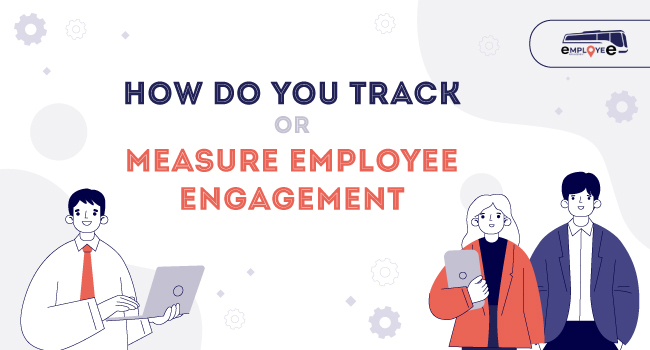As long as companies are legally safe and open to their employees about GPS tracking, it can help employers to keep an eye on their employees by establishing a comprehensive and controlled management structure. It helps to ensure their security by keeping track of their location during work hours. By gaining access to data that includes monitoring employees remotely, employers are able to understand staff behavior. Let’s take a look at the different features of GPS Trackers,
1. Fleet Management
With the use of GPS tracking, routing and dispatching become a lot easier to the dispatcher to locate every vehicle in a fleet. The closest vehicle to any job site or address can be monitored using GPS tracking solutions. It helps to automatically locate the vehicles nearest to an address. So an employee will be able to come across jobs easily and employers can easily find someone who is ready to take up a task.
It can be ensured that drivers are taking the most direct route to a job site and re-route them if they get lost during the journey. Real-time traffic reports can help employers to warn drivers regarding this and provide the right information about traffic delays.
2. Cost Cutting
Employees can save by monitoring activities like over speeding or idling to save fuel and also reduce depreciation on the vehicle. You will be able to receive time sheets and its results while you are online and install auto-payment feature. This ensures faster payments and reduces your load at the end of the month.
You can customize the system to suit how you keep a check on your employees’ productivity. You can also insert a form to track work records along with GPS tracking system, which in turn comes handy when you want to keep the record of work and payments.
3. Monitoring Activities
A lot of employees have admitted that they use the internet for purposes that are not related to work. While they work on other things they find less focus on the tasks they have been assigned. A good tracking system will help to reduce the unproductive hours by keeping an eye on the employees’ behaviour online during work hours.
Read Also: “Top 10 Benefits Of Employee Transport Management System”
The better you can keep an eye out to understand the employee behaviour during work the better the tracking system is. A good GPS tracking system can record individual online activities and find out what they are working on during working hours. Ultimately it is a human resource tool where you can find out who your most productive employees are.
4. Avoid Unauthorized Activities
GPS tracking enables employers to see it employees are using vehicles or tools for authorized purposes and only during work hours. If a vehicle or a tool enters off-limit areas the concerned person will be alerted and thus help business keep track of their vehicles or tools. GPS tracking can send alert the owners when a particular vehicle enters a location. In other words, it can also alert the owners if a tool or vehicle has been misplaced or stolen and help them recover it without losing precious time.
But a vehicle activity alert is especially useful for businesses that allow drivers to take company vehicles home. It can track employees who make use of vehicles to carry out unauthorized side jobs and use the company time to handling work unrelated to the company. This significantly helps to improve production and reduce any liabilities that arise from such malpractices.
5. Safety and Security
You wouldn’t want your staff to be in any kind of trouble. One of the most important features of tracking your employees is a concern for safety. GPS tracking can give you a fair idea of the location of your personnel and ensure their security. Tracking systems helps to improve the overall safety and security of the staff by locating their employees in case of an emergency and quickly reach them at the right time. Employees who are travelling can be given live reports about traffic congestions, accident-prone locations, nearest gas stations or restaurants.
6. Live Dispatch and Customer Satisfaction
When a GPS tracking system being is integrated with your dispatching system, you will know which of your employees is nearer to them and best positioned to meet your customer’s need. This will make your delivery system more efficient by increasing response time and you will also be appreciated for your quick response to the query made. In this way, tracking helps you to improve your customer satisfaction.
7. Employee Productivity and Accountability
Once you are on par with your employees and their activities you get to manage your employees and their daily schedule. Business flow can be ensured when you have the right information to take the right decision timely. You can count on your employees when a customer requirement arises and meet them at the right time.
Thus overtime costs can be easily managed with the use of a GPS tracker. If in case an accident occurs involving your trucks or your employees a tracking device justifies your employee if false accusations are made and if he hasn’t done anything wrong.
Conclusion
The future is already here – it’s just not evenly distributed. Features of GPS Trackers is scaling up fast a good tracking system helps you optimize your fleet operations by analyzing the performance & preventing breakdowns.
What other features of GPS Trackers do you look for? Share it with us













